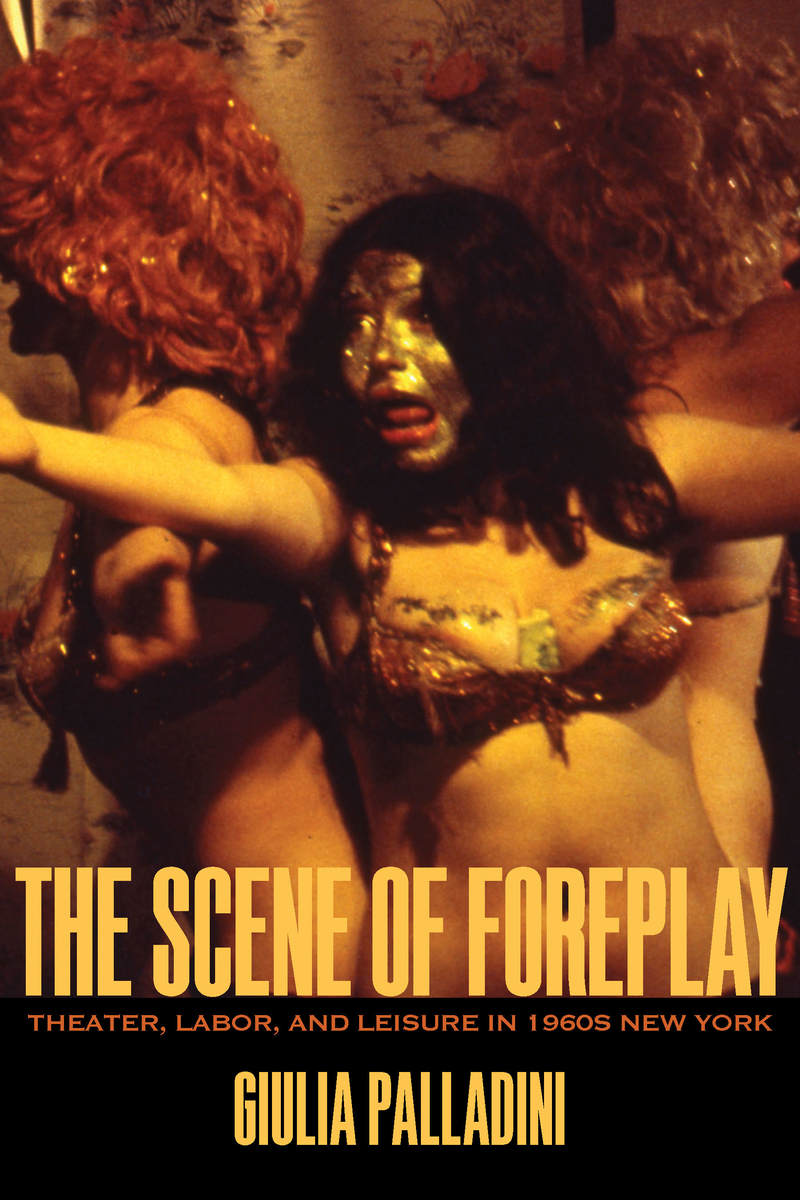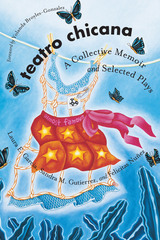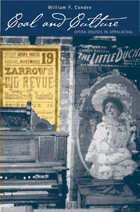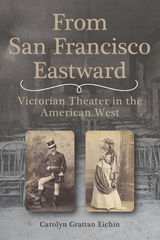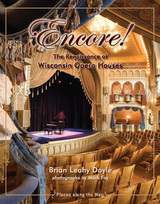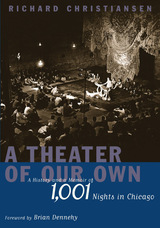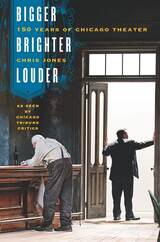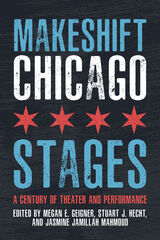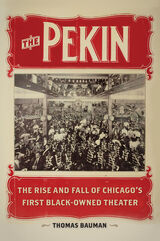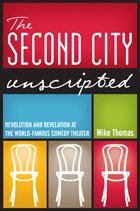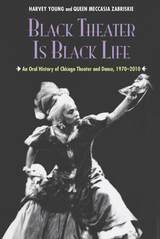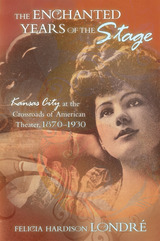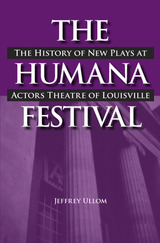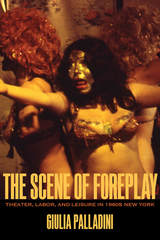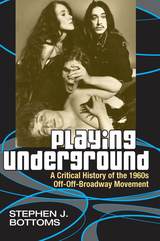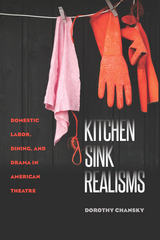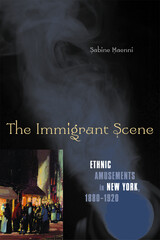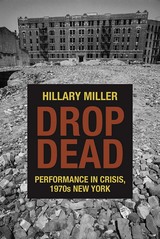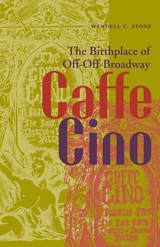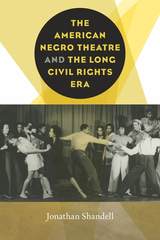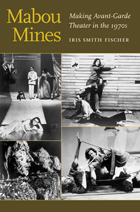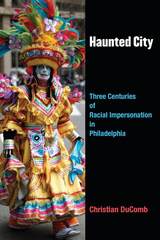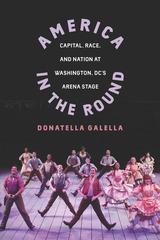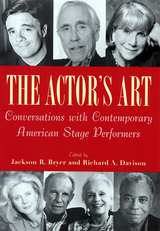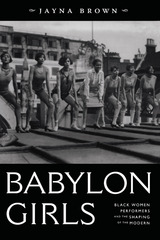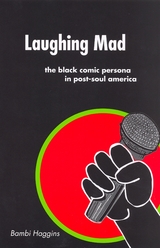The Scene of Foreplay: Theater, Labor, and Leisure in 1960s New York
Northwestern University Press, 2017
Cloth: 978-0-8101-3523-9 | Paper: 978-0-8101-3522-2 | eISBN: 978-0-8101-3524-6
Library of Congress Classification PN2277.N5.P255 2017
Dewey Decimal Classification 792.09747109046
Cloth: 978-0-8101-3523-9 | Paper: 978-0-8101-3522-2 | eISBN: 978-0-8101-3524-6
Library of Congress Classification PN2277.N5.P255 2017
Dewey Decimal Classification 792.09747109046
ABOUT THIS BOOK | AUTHOR BIOGRAPHY | REVIEWS | TOC | REQUEST ACCESSIBLE FILE
ABOUT THIS BOOK
The Scene of Foreplay: Theater, Labor, and Leisure in 1960s New York suggests "foreplay" as a theoretical framework for understanding a particular mode of performance production. That mode exists outside of predetermined structures of recognition in terms of professionalism, artistic achievement, and a logic of eventfulness. Foreplay denotes a peculiar way of working and inhabiting time in performance. It is recognized as emblematic of a constellation of artists in the 1960s New York scene, including Ellen Stewart, John Vaccaro, Ruby Lynn Reyner, Jackie Curtis, Andy Warhol, Tom Eyen, Jack Smith, and Penny Arcade.
Matching an original approach to historical materials and theoretical reflection, Palladini addresses the peculiar forms of production, reproduction, and consumption developed in the 1960s as labors of love, creating for artists a condition of “preliminarity” toward professional work and also functioning as a counterforce within productive economy, as a prelude where value is not yet assigned to labor.
The Scene of Foreplay proposes that such labors of love can be considered both as paradigmatic for contemporary forms of precarious labor and also resonating with echoes from marginal histories of the performing arts, in a nonlinear genealogy of queer resistance to ideas of capitalist productivity and professionalism. The book offers much for those interested in performance theory as well asin the history of theater and performance arts in the 1960s.
Matching an original approach to historical materials and theoretical reflection, Palladini addresses the peculiar forms of production, reproduction, and consumption developed in the 1960s as labors of love, creating for artists a condition of “preliminarity” toward professional work and also functioning as a counterforce within productive economy, as a prelude where value is not yet assigned to labor.
The Scene of Foreplay proposes that such labors of love can be considered both as paradigmatic for contemporary forms of precarious labor and also resonating with echoes from marginal histories of the performing arts, in a nonlinear genealogy of queer resistance to ideas of capitalist productivity and professionalism. The book offers much for those interested in performance theory as well asin the history of theater and performance arts in the 1960s.
See other books on: Experimental theater | Leisure | New York (N.Y.) | Off Off-Broadway theater | Scene
See other titles from Northwestern University Press
